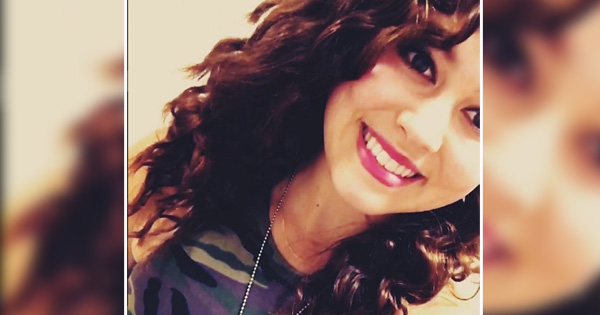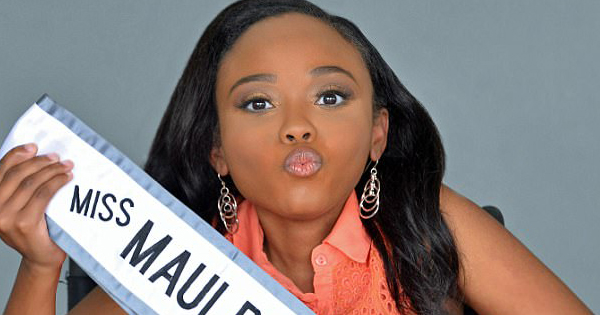When Macy Toronjo was only 12 years old when she decided to move away from her parents’ home in Huntsville, Texas to Coppell, Texas where she would be able to train at the Texas Dream Gymnastics center.
After years of training and practice, Toronjo snagged a spot on the gymnastics team at the University of California, Los Angeles. But before Toronjo even stepped foot on campus, she suffered a shoulder injury that put her out of commission.
When Toronjo’s chronic shoulder pain refused to go away, she finally went to see a doctor and get an MRI scan done.
It took four scans before doctors discovered that Toronjo had torn her rotator cuff. The tear was minor, but doctors told Toronjo to sit out of competitions and undergo rehab before going into any competitions at UCLA.
As the team competed during the PAC-12 championship-winning season, Toronjo sat on the sidelines and watched as her teammates competed without her.
“Not being able to do gymnastics was the hardest part of my injury,” Toronjo recalled. “Not being able to get immersed into the team environment was hard, too.
“You come in wanting to prove yourself, and I wasn’t able to do that, so I learned something different about myself. I found out who I was without gymnastics.”
A fifth MRI, however, set Toronjo back even further. The small tear in her shoulder was actually a 90% full-thickness tear that had her rotator cuff almost completely torn off from the bone. She would have to undergo surgery to have it repaired, and even after that, there was a chance she’d never get to compete in gymnastics competitions again.
Coach Valerie Kondos Field, coach of the UCLA gymnastics team, had never heard of an athlete needing rotator cuff surgery.
Toronjo, however, refused to be defeated here. After a full year of rehab following a successful surgery, she regained full range of motion in her shoulder and returned to the team just before she began her second year in school.
Everyone on the team was amazed.
Then, Toronjo lost her ability to see.
On a hot day in September 2016, as Toronjo ventured outside to buy groceries, she glanced down at her toes and noticed – they seemed bent. Her vision was blurry.
Toronjo put it off as having been dehydrated, but the next morning, when she woke up, she couldn’t see out of either eye. “I was legally blind,” she recalled. “[It] was the hardest thing I’ve ever had to encounter. I didn't know what was wrong with me, and I couldn't do anything. There's nothing physically wrong with me, except the fact that I could not see.”
Doctors diagnosed Toronjo with Vogt-Koyanagi-Harada disease, an auto-immune disorder whose first symptom is vision loss. Thankfully, Toronjo’s condition was able to be treated with steroids – but these, again, set her back on her gymnastics career.
“The drugs really hurt me,” she recalled. “I was super fatigued.”
Coach Kondos Field agreed, “The sad part about that wasn’t so much the eyes as it was the steroids she had to take because that made her really sluggish. That’s what took forever to get out of her system. She’s still not back to where she was in September.”
But come January 2017, Toronjo pulled everything together. She began to compete with her team again and performed routine after routine.
At one of her most recent meets, Toronjo proved to herself and everyone watching that she was – despite all her setbacks – back to where she was originally. She scored a 9.9 on the beam, the highest of that entire meet.
“It was the greatest feeling I’ve ever had. When all my teammates rushed onto the floor and Miss Val was the first to give me a hug, it literally brought me so much joy,” she gushed.
You can watch Toronjo’s performance here:





